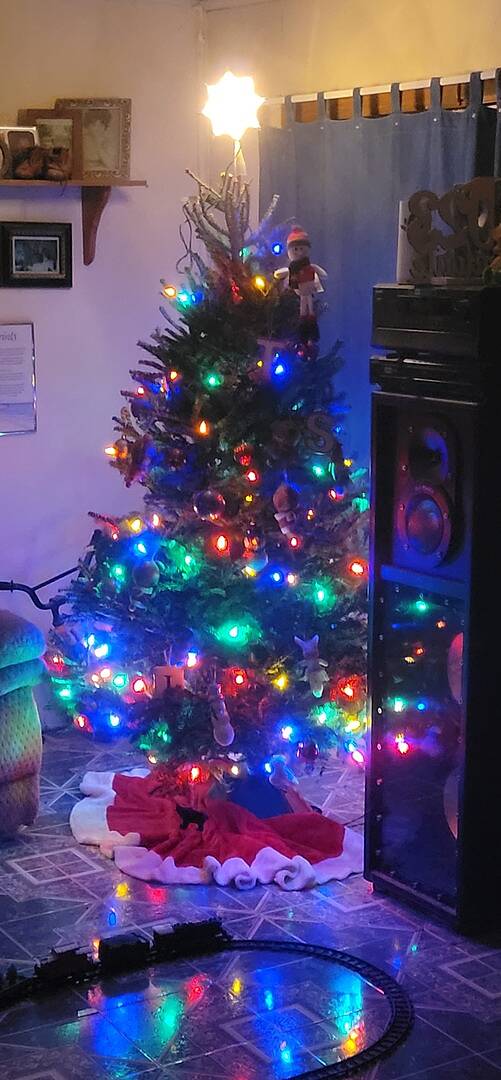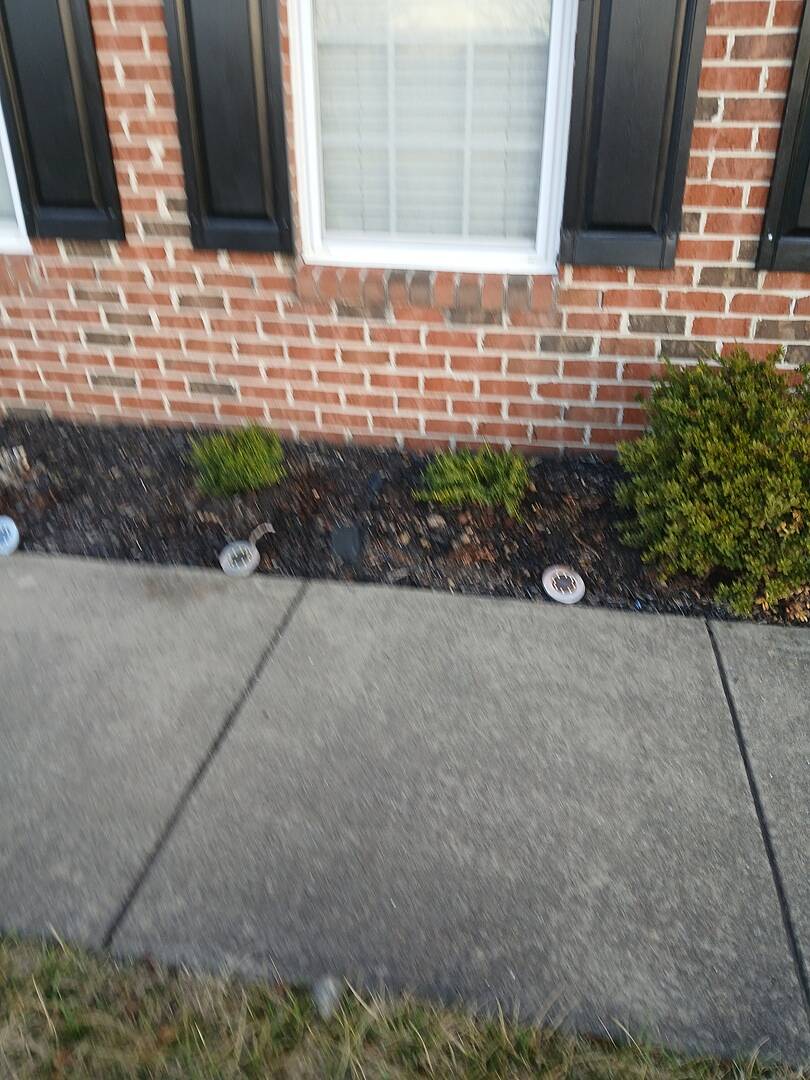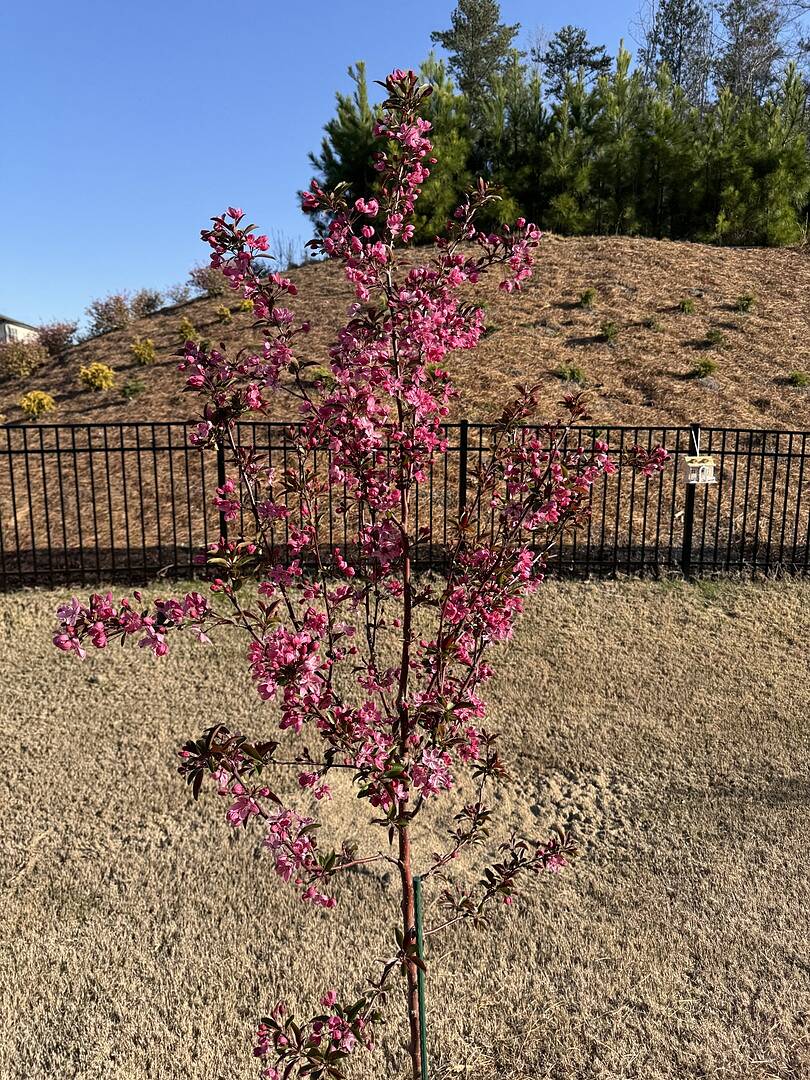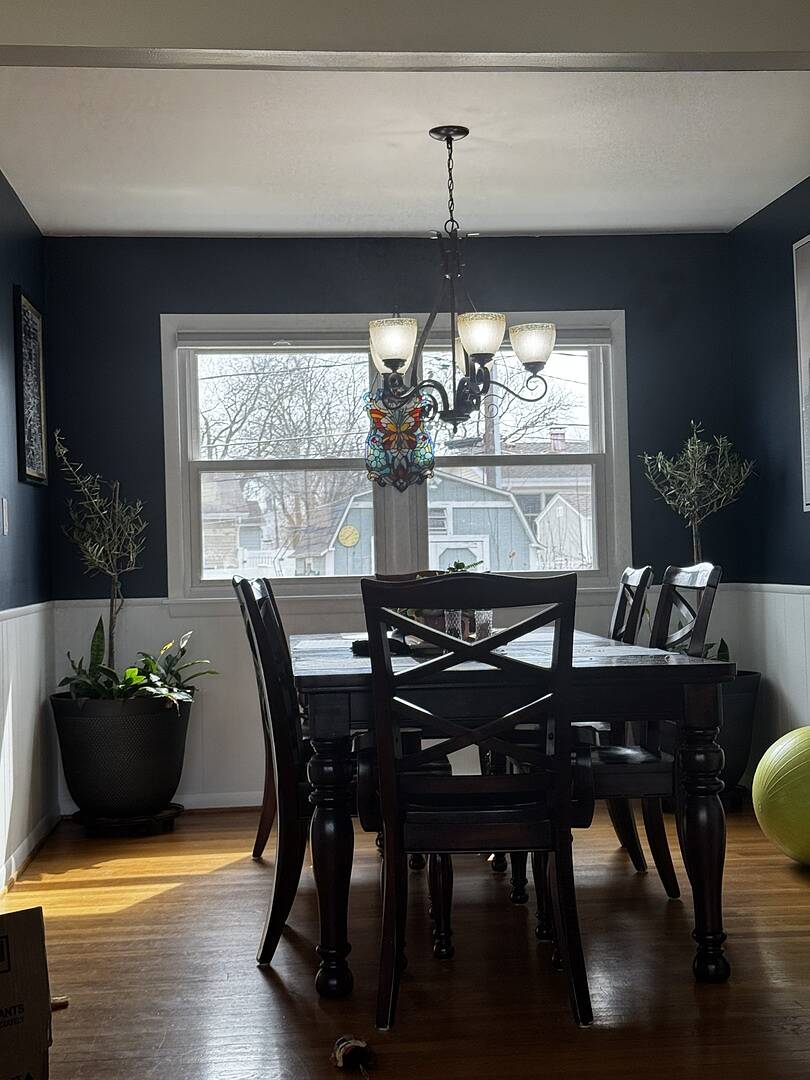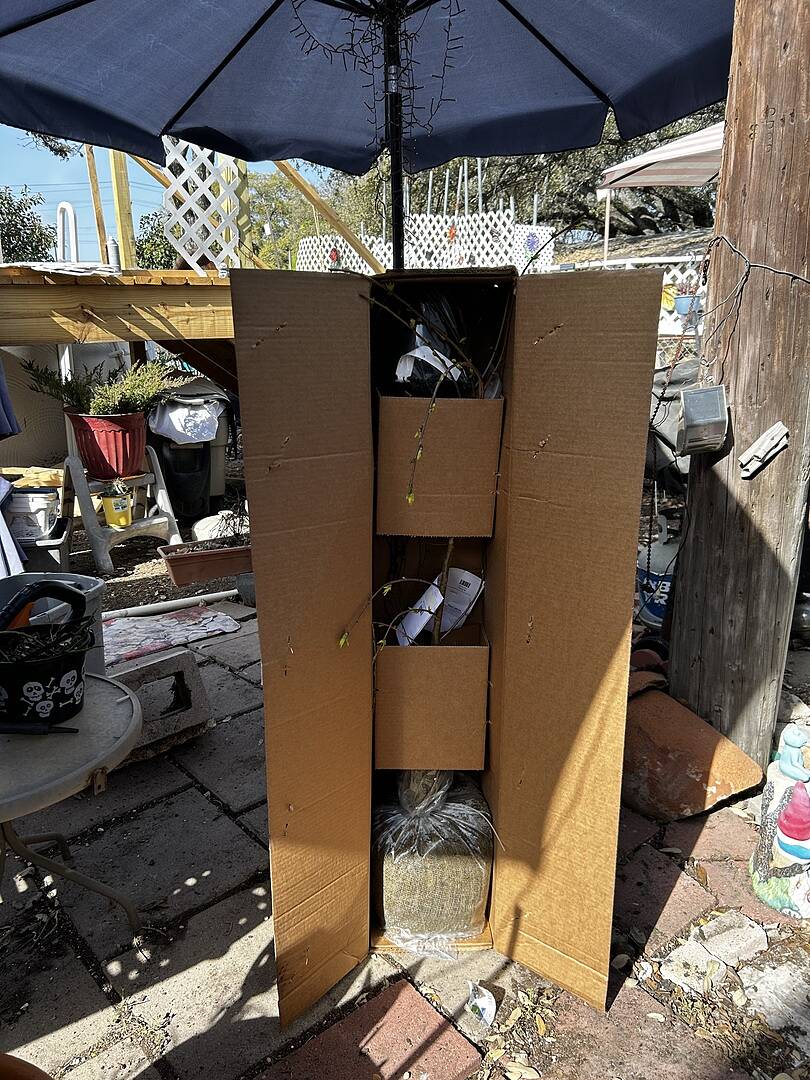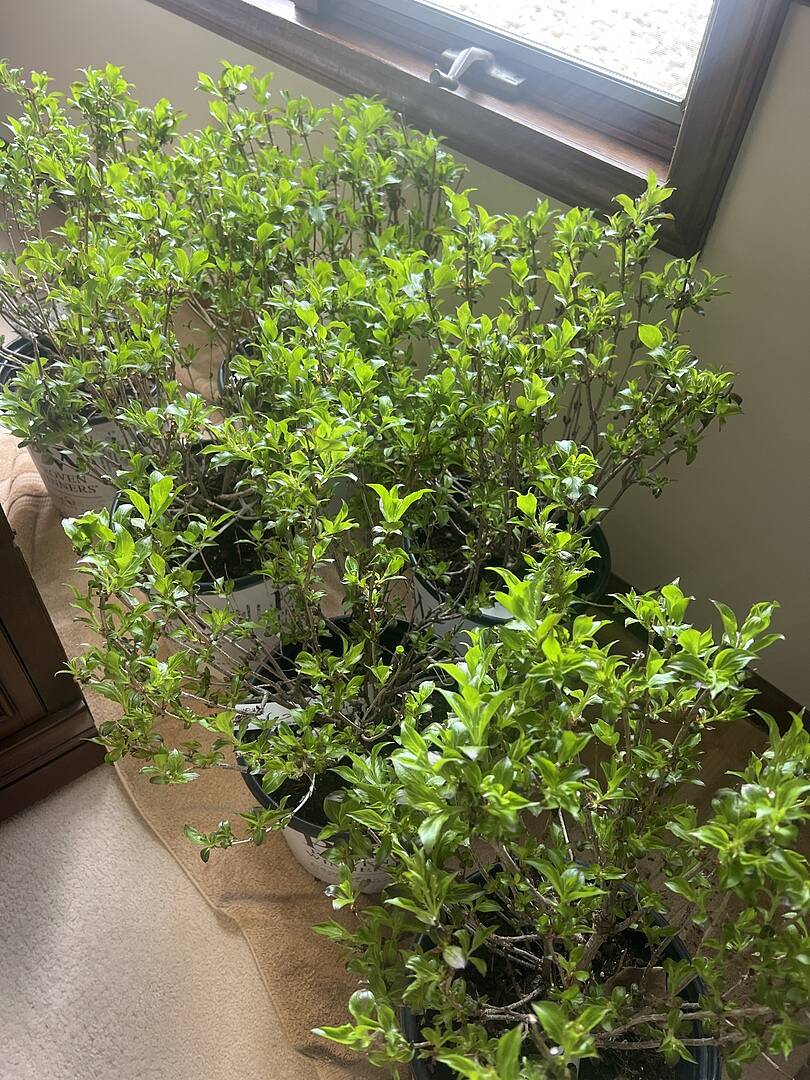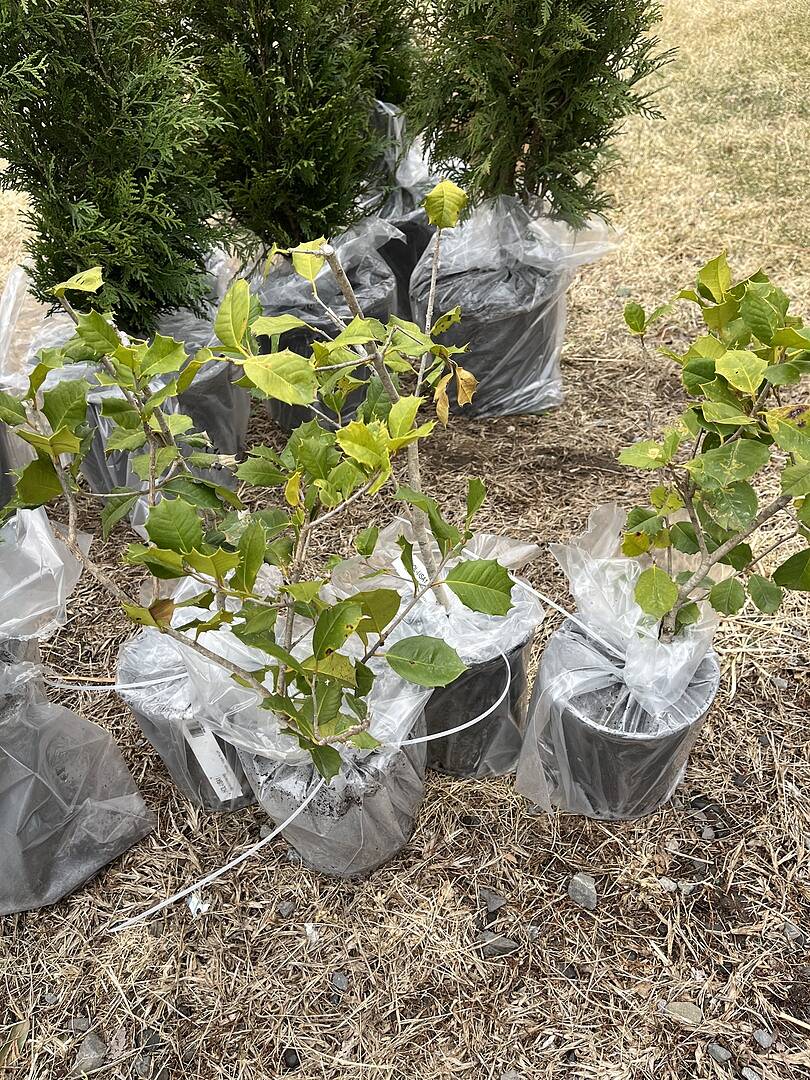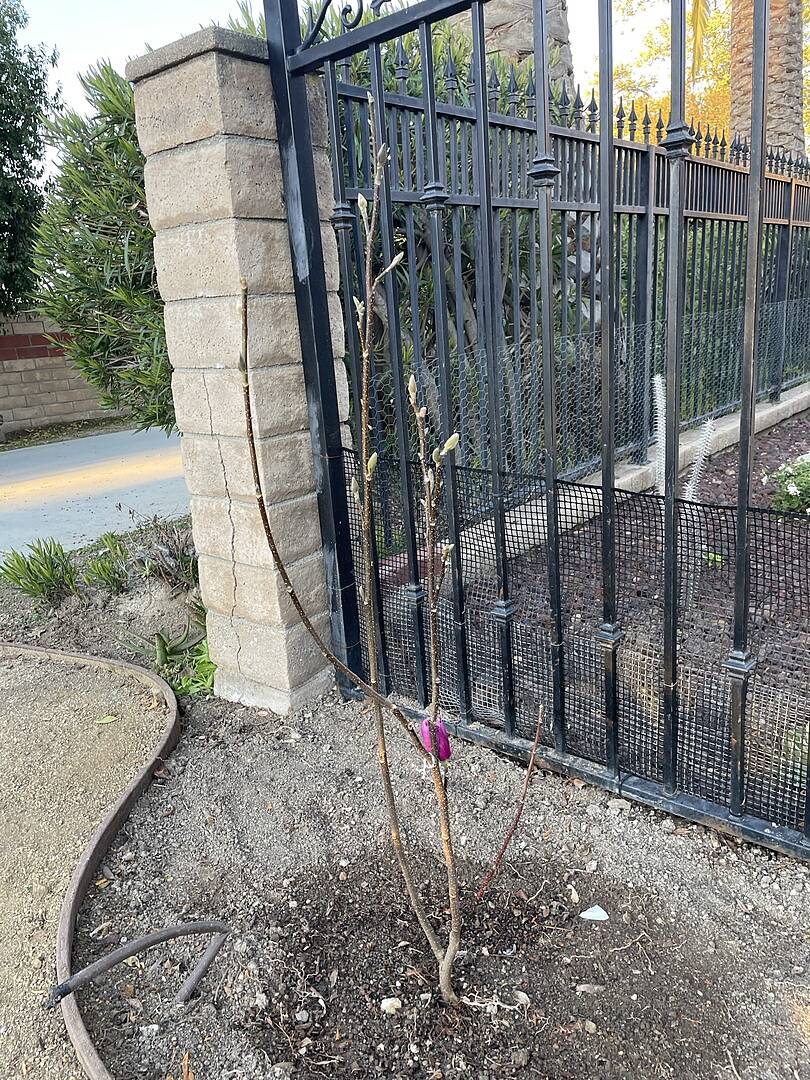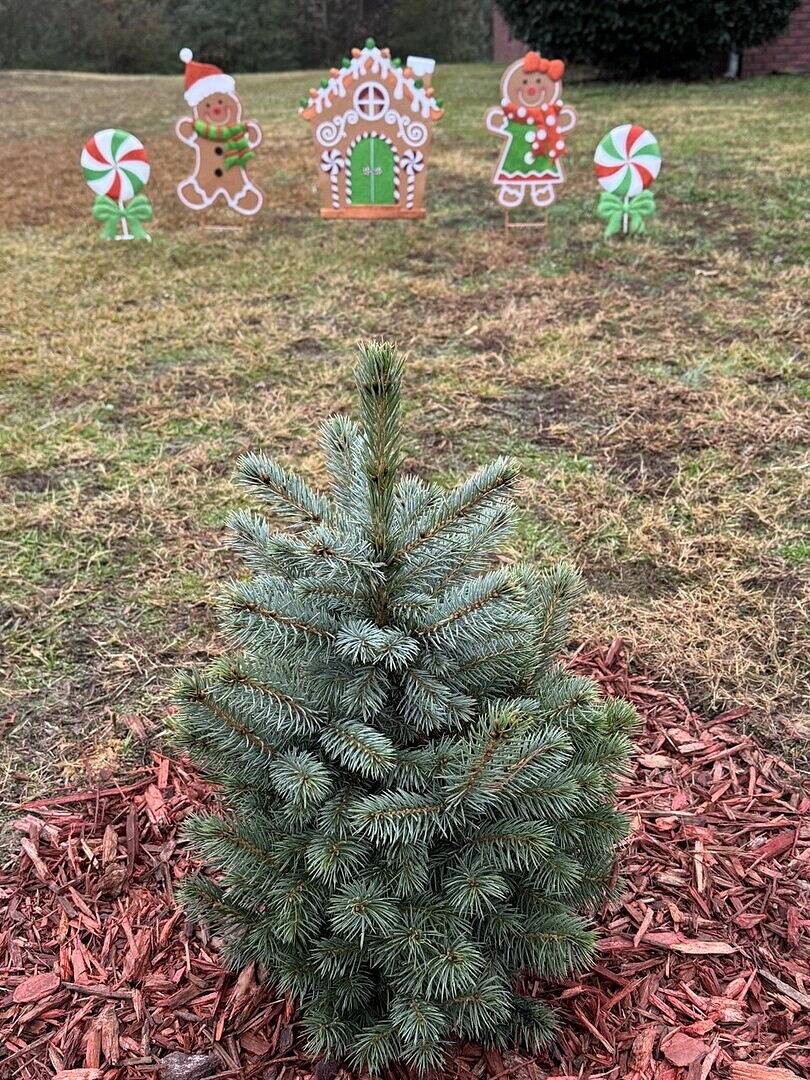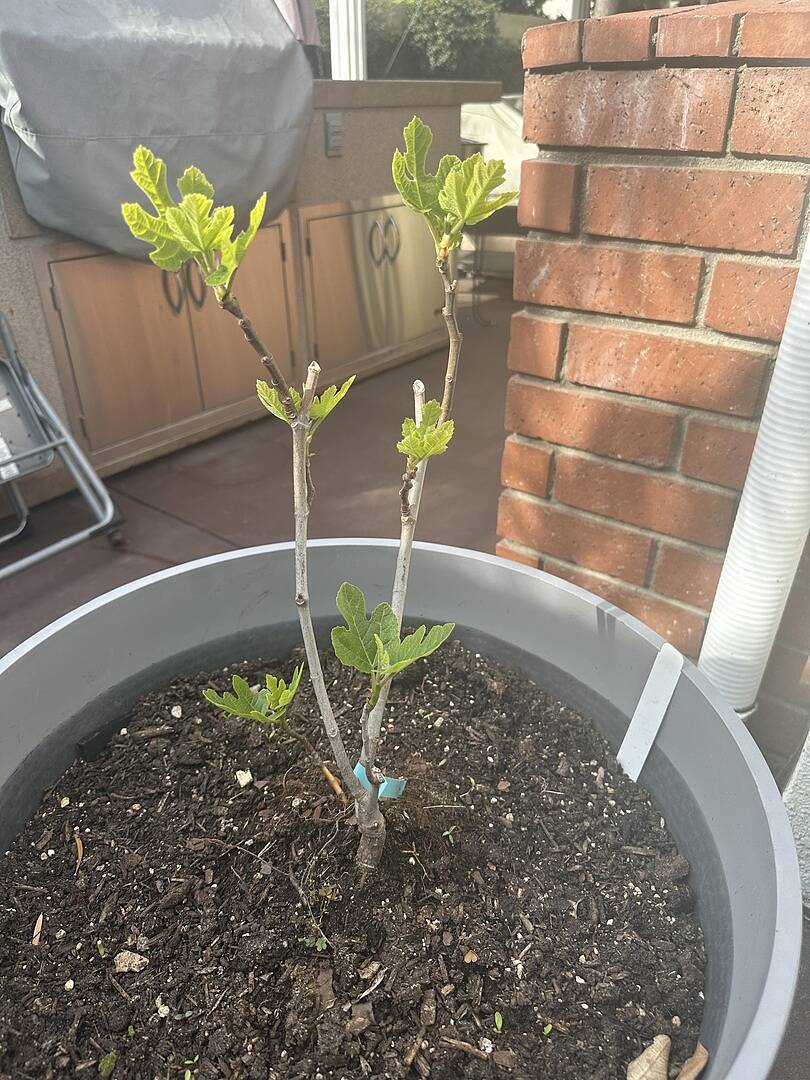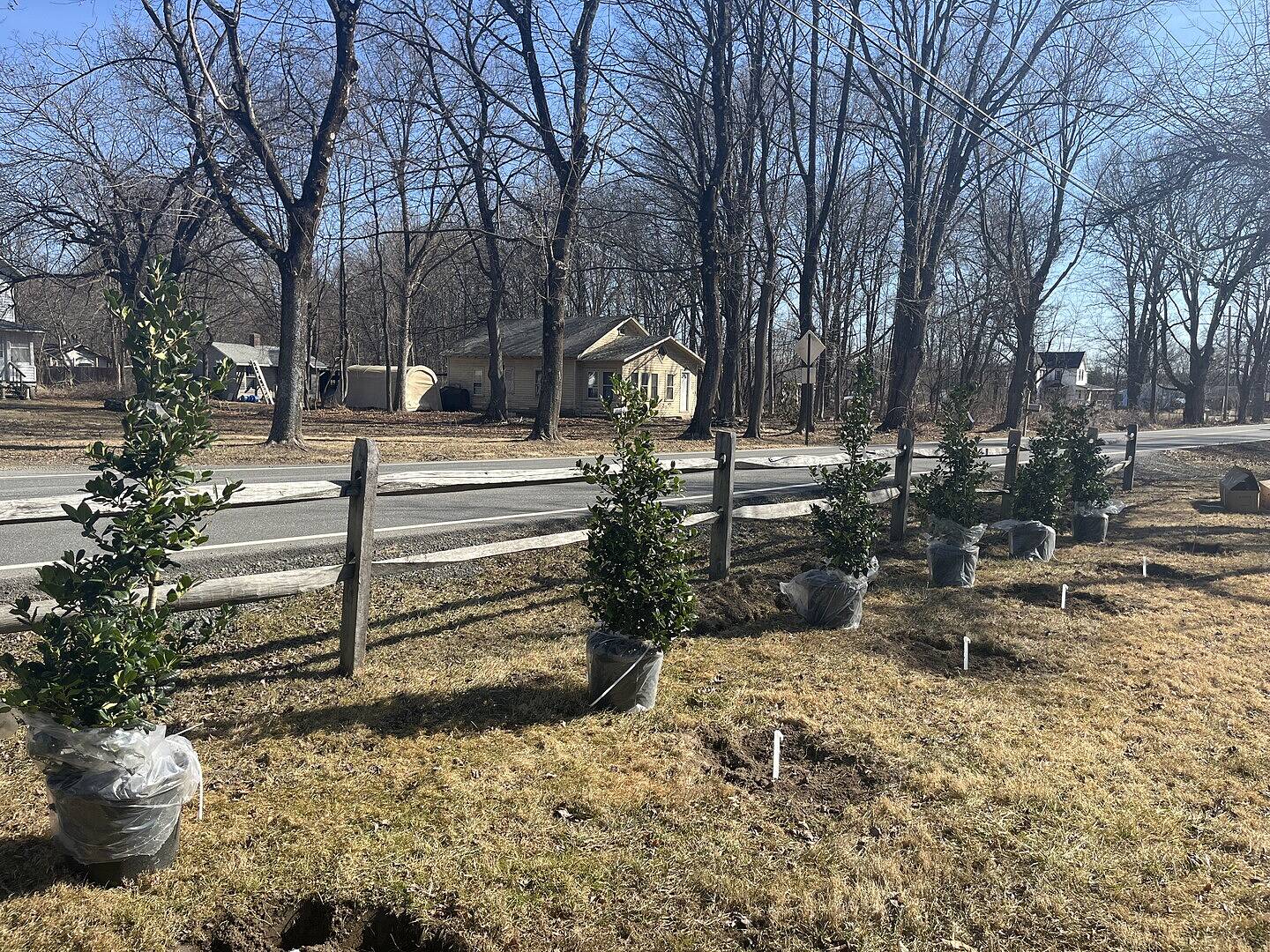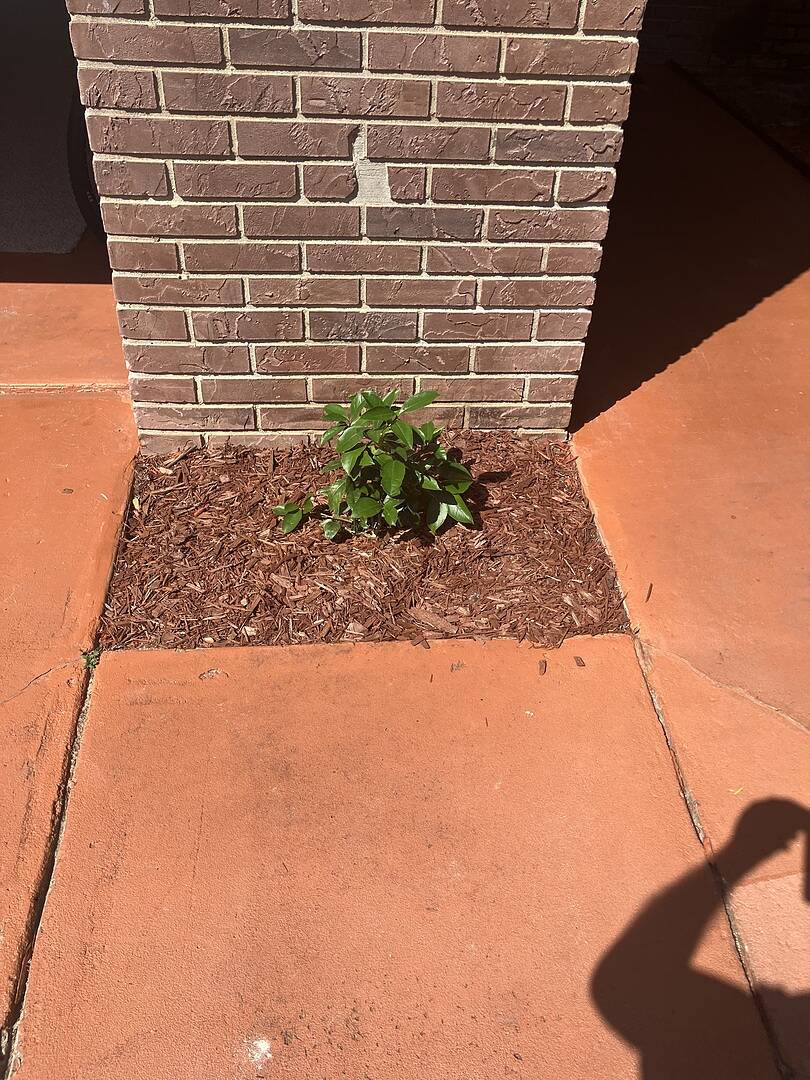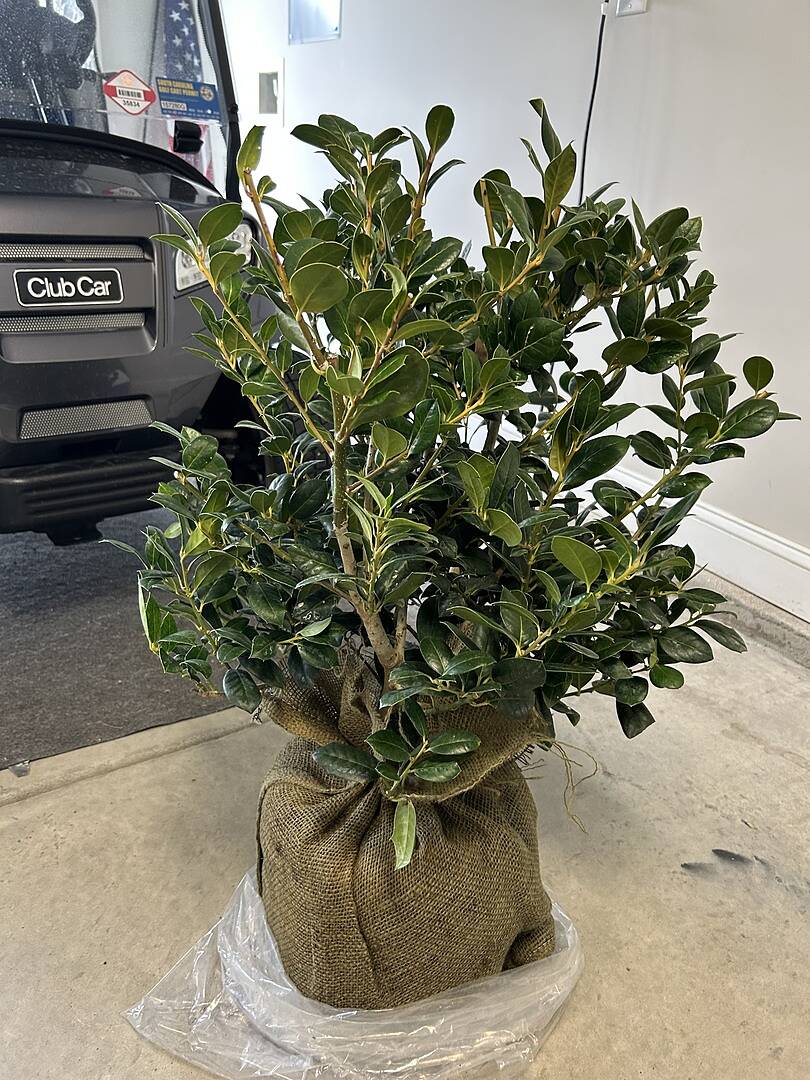How to Plant a Pollinator Garden?

Last updated: Jun 25 2021

Pollinators, such as butterflies, birds, moths, and bees, play a crucial role in our ecosystem — they help thousands of flowering plants to reproduce. In a way, they’re the engine that keeps healthy and thriving habitats running. The best part? You can support this important function by planting a pollinator garden.
Basically, a pollinator garden is a garden filled with plants that attract butterflies, birds and other pollinators — it mostly features pollen- and nectar-producing plants, and is designed and planted in a way to support pollinator populations. This involves carefully selecting plants that provide food and habitation to pollinators, as well as maintaining your garden in a way that's safe for those pollinators.
Keep in mind that up to 99% of wild flowering plants depend on pollinators for successful reproduction - and about one in three bites of food we eat exists because of pollinators! When you build a pollinator garden, you’ll be benefitting your own yard and our ecosystem.
Careful planning is vital when planting a pollinator garden, and this guide is here to provide tips.
How to create a pollinator garden?
There are several things to consider when building your pollinator garden, including location, soil type, sunlight, and plants. Here’s what you need to know:
Sunlight for pollinator gardens
Most pollinator-friendly plants need full sun, or about 6 to 8 hours of direct sun. Some insects also prefer areas with sunlight. For example, pollinators like butterflies like to bask in the sun. It’s vital to find a location with full or partial sun when creating your pollinator garden design. Besides, the sunnier the area, the more options you’ll have for plants in your garden - and the more flowers you'll get!
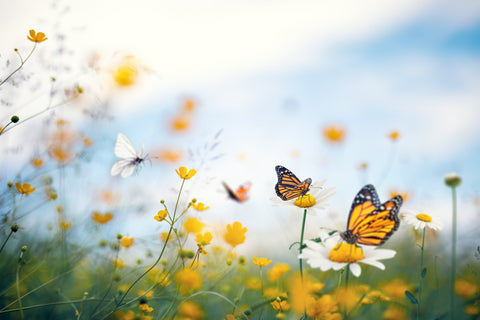
Butterflies love to spend time in sunny spots
Soil for pollinator gardens
You should know the soil characteristics in your desired location, including pH level (5.5 to 7.0), nutrient levels, and composition - sandy, loamy, or clay. You can get a soil test from your local extension or nursery to understand these details.
Generally, plants prefer moist and well-drained soils. If your soil needs enhancement, you should use mulch and compost instead of chemical fertilizers - chemicals can harm pollinator populations.
Plants for pollinator gardens
Diversity is critical when selecting plants for your pollinator garden. You should pick plants that provide food for adult and young pollinators, as well as water, habitat, and protection.
Herbaceous flowering plants like Sage, Foxgloves, Peonies, Catmint and Coneflower are pollinator-friendly since they provide plenty of food. Including a wide variety of plants also ensures your garden is blooming in multiple seasons — this helps to add visual interest, and make sure pollinators will have food and shelter throughout the year.
Other plants, like some varieties of Roses, Lilacs, Lavender and Butterfly Bushes, can also provide necessary food for bees and butterflies. Flowering trees like Cherries, Magnolias, Dogwood and Redbuds also make pollinator-friendly landscape additions.
Also consider plants that feed all stages of an insect’s life cycle. For example, adult monarch butterflies feed on many different flower types, but their caterpillars feed only on Milkweed plants.
As a rule of thumb, plants and trees with bright, eye-catching flowers - particularly those where the stamen in the center is visible - are ideal for attracting pollinators.

Pollinators love an assortment of brightly-colored blooms, like these Coneflowers
When planting, arrange your plants in "drifts," or large clumps that better mimic natural growth and allow pollinators to easily see them.
Native plants
Plants that are native to your area are typically the best choice for pollinator gardens. Since they evolve in the same environment with your pollinators, they’re the ideal food and habitat source. Native plants also tend to require less maintenance than non-native options.
When selecting plants for your pollinator garden, try to avoid hybrids that have been developed solely for aesthetic reasons. Some of these plants tend to lose their ability to produce pollen and nectar, as well as their strong fragrant. Others are so complex that pollinators find it difficult to locate the nectar.
Safe pollinator garden maintenance
Maintaining your pollinator garden is essential for successful growth - but many of the methods used to maintain traditional gardens can be harmful to pollinators, so proceed carefully!
During the first year of planting, be sure to water the garden regularly to ensure your plants establish well, paying attention to each plant’s water requirements. If you have a small garden, watering it by hand can help you keep an eye on weeds, as well as spot any pollinators that start to visit! When weeds pop up, remove them by hand — never use chemical weed killers, which can harm pollinators.
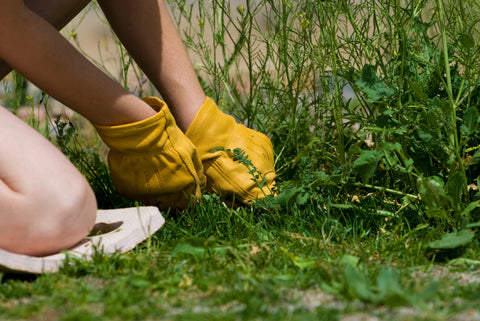
Always weed pollinator gardens by hand - chemical weed treatments can harm bees, butterflies and other wildlife
If possible, never use pesticides. Many are toxic to pollinators, including their larvae or eggs. If you must use pesticides, find one that has the least harmful ingredients, and spray at night when pollinators are not active - or use a safe, organic pesticide, like Neem Oil or insecticidal soap. Be sure to read the labels of any product you buy.
Tidying your garden is best done in spring, just as plants start to bloom. Avoid removing dead leaves and branches in winter - many pollinators like butterflies and bees like to overwinter in dead plant material. As a rule of thumb, wait until temperatures are about 50 degrees. Even so, don’t clean up everything in your garden - pollinators prefer an organic, natural garden to an overly manicured one.
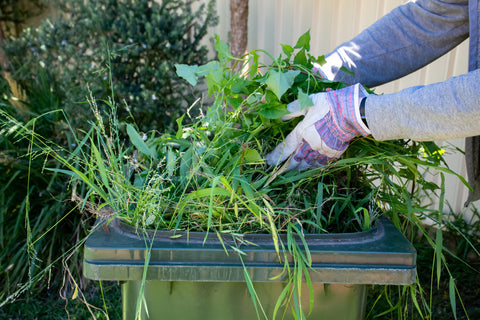
Wait until spring to clean up your pollinator garden, since dead plant material can provide a winter home for bees and butterflies
Creating the ideal environment for pollinators
In addition to planting pollinator-friendly plants and carefully maintaining your garden, there are several things you can do to create an ideal environment for pollinators:
- Create a damp salt lick or muddy sipping spot for bees and butterflies
- Leave a few dead trees in your landscape to provide breeding sites for bees
- Add a hummingbird feeder to create additional nectar resources
- Add a basin of water with stones or gravel in it for pollinators to quench their thirst
Generally, avoid being too tidy in your garden. You want it to be as natural as possible. Leave leaf litter and dead branches to provide resting and nesting sites, as well as spots to overwinter.
Design and plant your pollinator garden this summer!
In addition to helping the ecosystem, growing a pollinator garden also adds aesthetic appeal to your landscape. And creating your own pollinator garden isn't hard, if you know what to do:
- Find the ideal location, with adequate sunlight and good soil
- Pick pollinator-friendly plants that provide food and shelter for pollinators
- When you can, opt for native plants
- Keep your garden as natural as possible, and place plants close together
- Avoid using chemicals like pesticides, weed killers, and artificial fertilizers
With a little time, you'll have a beautiful flowering garden and an abundance of beneficial pollinators.

Written by
Abby Healy
Abby is an avid plant lover and the Director of Content at FastGrowingTrees.com. She grew up in Maine, graduated from Davidson College, and now resides in Charlotte, North Carolina with her husband and two dogs. Her previous roles include leading content teams at Red Ventures, a large digital media company, and launching the content and marketing functions at an ecommerce analytics start-up.
While her indoor plant collection is always growing, she also loves landscaping tips and learning more about plant care and maintenance. Her favorite plants are Japanese maples, roses of all kinds, and unique house plants.
Featured Product

Thuja Green Giant Arborvitae
2712 reviewsStarting at $19.95

















